BIM implementation in India
Technologies and project delivery process within the AECO industry, BIM is one of the most notable one, with its ability to reduce project time delays, cost over runs and litigations.
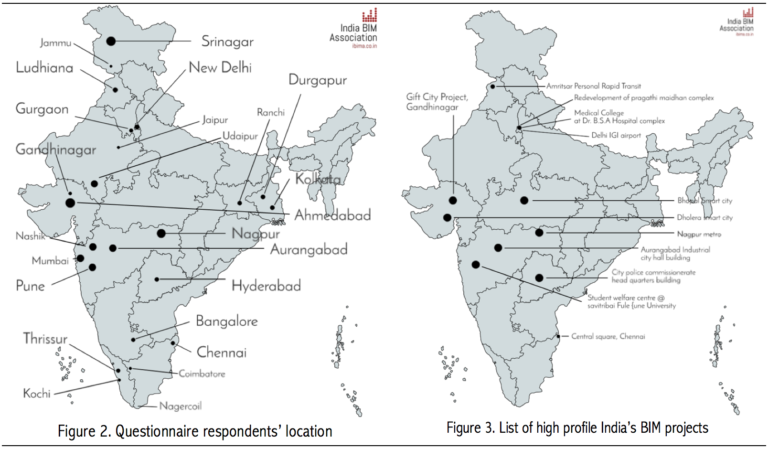
In India, Architecture, Engineering, Construction and Operation (AECO) industry is the second largest industry after agriculture industry. Indian AECO industry employs more than 35 million people, has second highest inflow of foreign direct investment after services sector, and contributes to about 11.1% of India’s GDP (Mohideen 2015). Recent initiatives set by Indian government, such as Make in India, is serving to grow the AECO industry. There are many mega projects undertaken recently, e.g. high-end road ways or express ways, metro train projects and proposed bullet train project between two cities of India, i.e. Mumbai and Ahmedabad. The initiation of these projects necessitates focus on various technical and non-technical aspects along with technologies, especially the infrastructure for these initiatives (Amarnath et al. 2016).
Regarding technologies and project delivery process within the AECO industry, Building Information Modelling (BIM) is one of the most notable one, with its ability to reduce project time delays, cost over runs and litigations. BIM publications such as: Mass Port authority BIM Uses guideline, DCAMM BIM Uses, Penn State University BIM Uses, VA BIM Guide, Bilal’s Model Uses framework, PANYNJ BIM Uses Manual, Harvard UCMC BIM Uses Guide, New York city BIM Guide and Finland COBIM Standards provide us a detailed insight towards benefits of adopting BIM technology and workflows in delivering AECO project.
Countries like the United States, the United Kingdom, the Netherlands, Singapore, South Korea, Japan, Hong Kong, Australia and few other countries have mandated the usage of BIM in public sector (Cheng and Lu 2015). Many countries in the regions of the America, Europe, Asia and Oceania have high percentage of BIM users for their AECO projects. Globally, BIM awareness is spreading in a great way for the benefits it is binging to the AECO industry. BIM has been researched in more than 65 countries (Amarnath, 2016). Global trends in BIM research article provides us with an overview of BIM research. BIM has been adopted in tertiary education system in more than 25 countries. BIM adoption efforts from the public sector is happening in more than 30 countries. And, several national level organizations support BIM adoption and implementation in more than 31 countries.
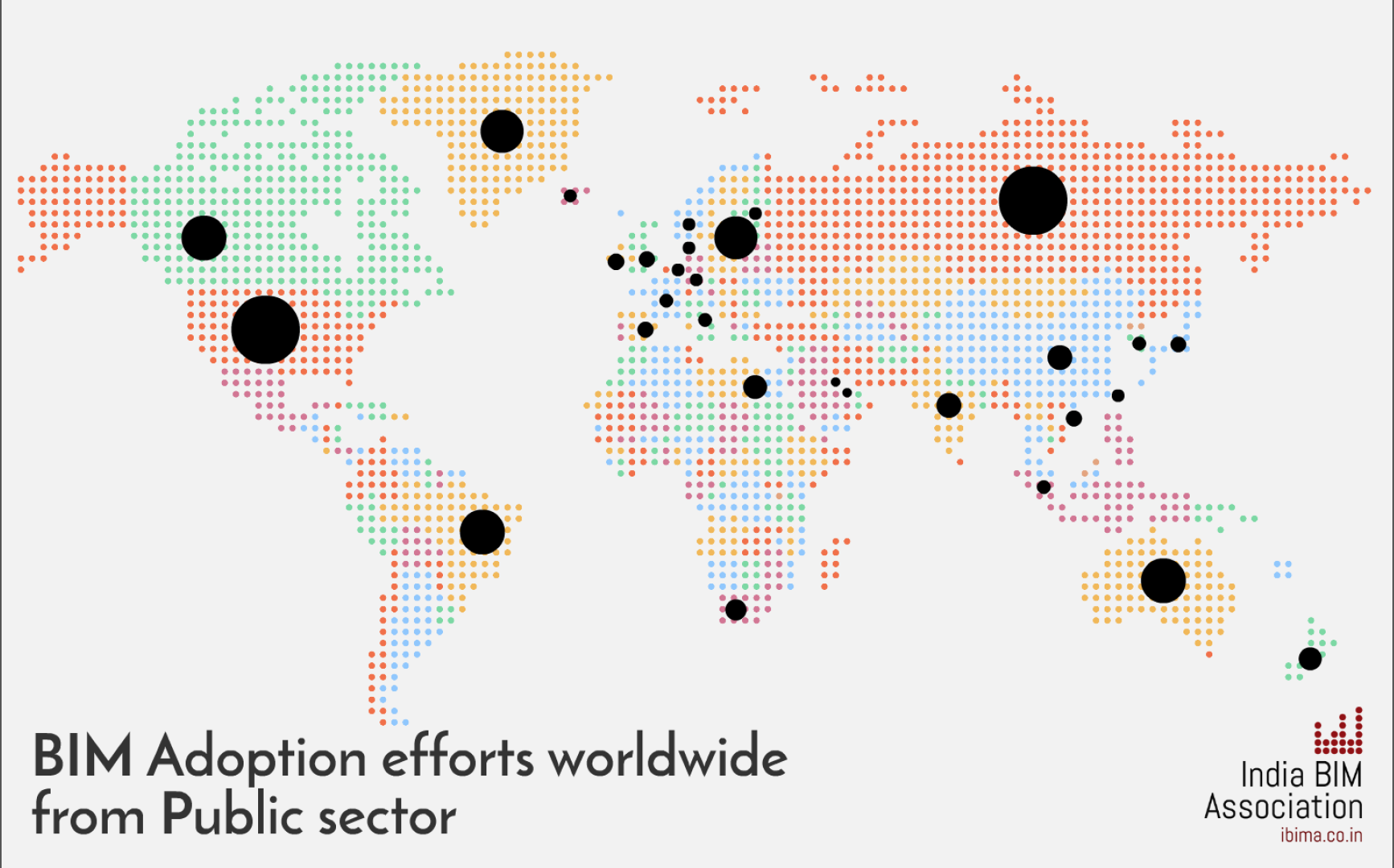
This transformation from traditional practices toward BIM has enabled several benefits to AECO industry with respect to project delivery. Asper construction 2025 targets, BIS, HM Government 2013, implementation of BIM technologies and workflows in the AECO projects can reduce in the initial cost of construction and the whole life cycle cost up to 50%, reduce greenhouse gas emissions in the built environment up to 50% and reduce in the overall time by 50%, from inception to completion, for new build and refurbishment assets. With such a massive investment happening in Indian AECO projects, it is very much essential to diffuse BIM technologies and workflows by adopting standardized procedures. For this to happen it is basic requirement to bring together Indian AECO industry and education community to learn and diffuse BIM technologies and processes in Indian AECO projects, overall helping the Indian AECO industry to grow.
India BIM Association has conducted an extensive literature survey to understand the road blocks for BIM diffusion in the global market and designed the questionnaire to realize the hurdles that Indian AECO industry stakeholders are facing for diffusing BIM technologies and workflows in AECO projects. Data collection was undertaken by India BIM Association among the Indian AECO stakeholders from February to September 2017. IBIMA has received one hundred and forty (140) responses from twenty-six locations (see figure 2) within India and six other locations abroad i.e. Dubai, Qatar, Abu Dhabi, Singapore, Hong Kong and Australia. Majority of the respondents were from Bangalore (25 responses), New Delhi (26 responses) and Chennai (15 responses). Other locations from which major responses received were Hyderabad, Pune, Ahmedabad, Mumbai and Kolkata.
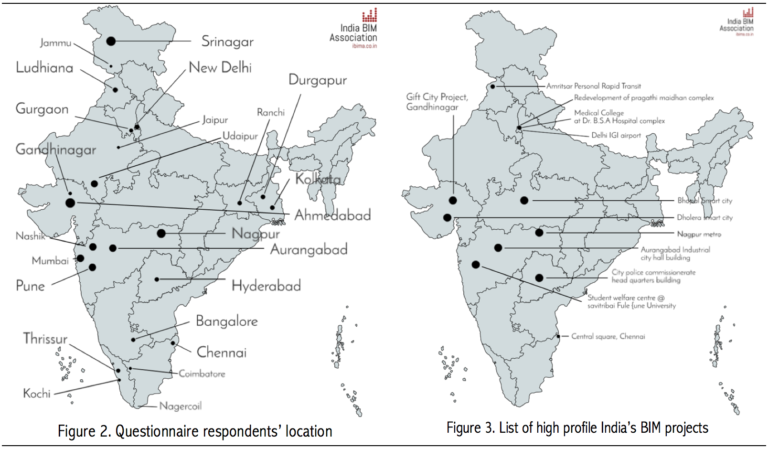
Figure 3 showcases the high profile BIM projects and their locations within India. From the figure we can visualize twelve high profile projects. Other BIM projects undertaken in India includes: 1) Personal Rapid Transit in Amritsar; 2) IBIS 4-star Hotel in Chennai; 3) power plant in Vidharbha; 4) Corporate office building in Noida; 5) The opus Gurgaon, Delhi; 6) KEF Infra’s – Maitra Hospital, Kozhikode, Kerala; 7) NMRC’s – Nagpur Metro; 8) Infosys’s – Infosys Knowledge Park, Bangalore, Karnataka; 9) AURIC Aurangabad Industrial city; 10) Apollo premier, Indore India; 11) Navi Mumbai international airport; 12) Phoenix Golf Edge, Hyderabad; 13) L&T Emerald Isle Club House, Powai, Mumbai; 14) Mumbai Polycab Experience Center; 15) Halol, Gujarat; 16) GoldFish Abode Zresta, Hyderabad and 17) Supertech’s – Super NOVA, Noida.
There are several Indian AECO organizations that deliver BIM projects to the local and global Clients. Some of the leading India’s BIM solution providers: AECOM; Atkins; Arup; Larsen & Toubro; Mott MacDonald; Hoctief; RSP; Ramboll and Neilsoft. There are more than fifty other BIM solution providers in India. Table 1 showcases the list of fifty eight AECO organizations that provide BIM solutions to local and global market.
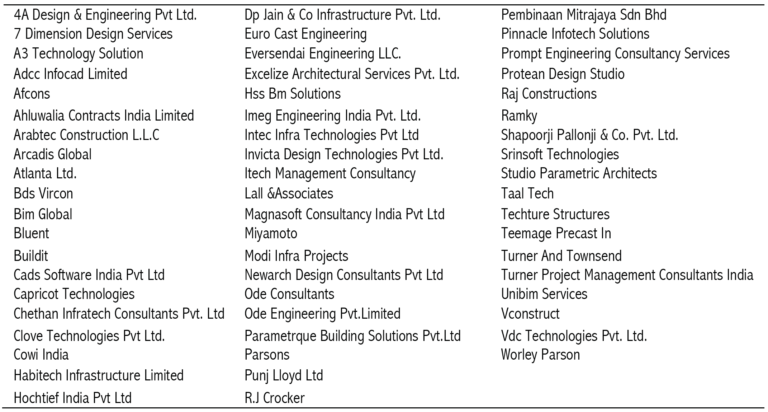
Table 1. List of BIM solution providers in Indian AECO industry.
Respondents and their organizational Characteristics
In the survey, several questions were asked to targeted respondents. These questions include question 1- 6 as showcased in Figure 4. Respondents answers to these questions are analyzed and discussed in this section.
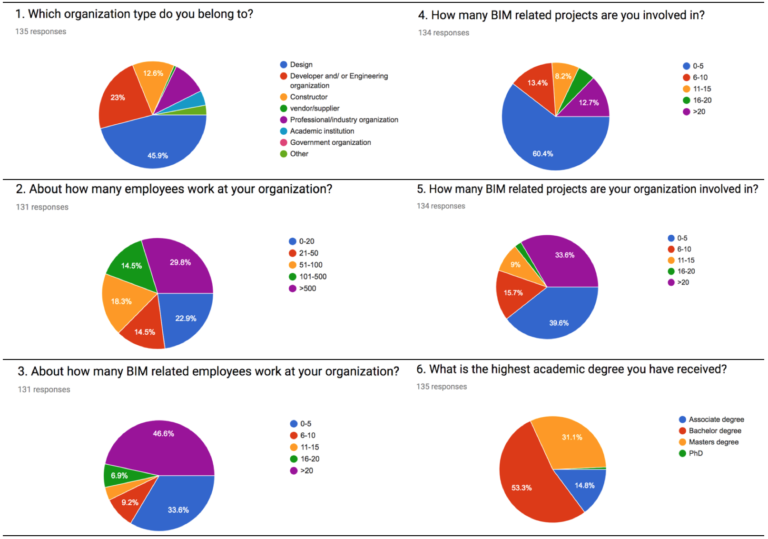
Figure 4. Respondents and their organizational characteristics.
Question 1. Which organization type do you belong to?
Here, we realized that majority of the respondents were from design organization (45.9% of respondents). Around one fourth (23%) of the respondents were from engineering/developer organization. And, 12.6% of the respondents were from construction organization. Rest one fourth i.e. 18.5% of the respondents were vendor/suppliers, professional/industry organization, academic institution and other’s category. This indicates that most of the survey respondents who were dealing with BIM in project work flow are from Design organization. Showing that BIM maturity in India is most probably fall under design stage. BIM diffusion in construction and operation stages are yet to mature in coming days. It is very much essential to educate and train construction and operation stage stakeholders with BIM technology and processes. It is necessary to make them realized that BIM diffusion will benefit construction and operation team more than a design team.
AECO industry can get a package of benefits with BIM diffusion across the project life cycle. First, architectural & engineering organization i.e. designers, specifiers & cost consultants can benefit with improved coordination, visualization, better cost estimating, and competitive export & growth. Second, construction organization i.e. contractors/subcontractors, fabricator & supplier/manufacturer can benefit with sequencing, clash detection, reduced abortive work, offsite manufacture, competitive export & growth and health & safety. Third, facility management organization i.e. operators and occupiers can benefit with asset knowledge, better information and soft landing
Question 2. About how many employees work at your organization
Among the one hundred and forty responses for the survey, only one hundred and thirty-one respondents provided answer to this question. 30% of the respondents’ organizations contain 500+ employees (see figure 4). And, 23% of the respondent’s organization has less than 20 employees. This results clearly indicate that majority of the organizations adopting BIM in Indian AECO industry are big and small organizations. It is very much essential to understand what are the BIM technology and workflow requirements for these organizations to collaborate with other organizations for delivering successful BIM projects.
Question 3. About how many BIM related employees work at your organization?
Similar to the question no.2, here only one hundred and thirty-one responses were received out of 140 respondents. In here, half of the respondents revealed that more than twenty BIM staff at their organization. And, more than quarter of the respondents’ organizations contains no more than five BIM staff. Results on the pie chart leaves a message that almost all the Indian AECO organizations has very few or large number of BIM staffs. It is our understanding that most of these organizations either deal with big and complex projects or with small projects.
Question 4. How many BIM related projects are you involved in?
For this question, one hundred and thirty-four responses were received out of 140 respondents. More than sixty percent of the respondents were involved with less than five BIM projects. Only 12.7% of the respondents were involved with more than twenty BIM projects. This leaves a message that, most of the Indian AECO industry stakeholders are progressing towards gaining further experience by delivering BIM projects.
Question 5. How many BIM related projects is your org. involved in?
Similar to question 4, question 5 received only 134 responses from 140 respondents. Forty percent of the respondents’ organization were involved with less than five BIM projects delivery. Nevertheless, around thirty-four percent of the respondents’ organizations were involved in delivering more than twenty BIM projects. This leaves a message that Indian AECO organizations are competitive enough in the global market for delivering BIM projects. And, it is very well known to the Global AECO industry that India is also named as BIM factory for its ability to deliver building information models at competitive price in the global market.
Question 6. What is the highest academic degree you have received?
Among 140 respondents of the survey, 135 respondents responded to this question. More than half of the respondents had a bachelor’s degree. More than quarter of the respondents had master’s degree. And, less than one percent of the respondents had obtained doctoral degree. From the results and current situation in Indian AECO industry, it is clear that Indian AECO industry is less focused towards research oriented (innovative thinking) BIM implementation. More and more innovative thinking and R&D works in Indian AECO industry can benefit Indian construction sector to progress. It is very much essential for the Indian industry and academia to work towards this direction.
Public procurement methods for delivering BIM projects
Among 140 respondents, only 130 respondents answered question 9 and 10 (see figure 5). Both the questions were asked to the targeted respondents to get an understanding towards most suitable public procurement method and innovative procurement methods for BIM projects procurement in Indian Scenario. Marzia Bolpagni (2013), an active BIM researcher in her master thesis has clearly discussed about traditional (question 9) and innovative (question 10) procurement methods for BIM projects. This survey has adopted this list of procurement as a database for collective opinion among Indian AECO industry regarding most suitable traditional and innovative public procurement methods for Indian AECO sector. Question 9 and 10 discusses further about obtained collective opinion.
Question 9. Asper your opinion, which is the most suitable public procurement method?
We are discussing about traditional methods for public procurement i.e. design bid build (DBB), design build (DB), constriction management (CM), design build operates (DBO) and design build finance operate (DBFO). Around twenty-eight percent of respondents agree construction management (CM) as most preferable among other traditional procurement methods for BIM projects (see figure 5). However, one fourth of the respondents (23.8%) go for Design bid build as most suitable method for BIM project procurement for Indian public projects. And, 18.5% of the respondents go with design build (DB).
Question 10. Now-a-days, globally, other public procurement methods are spreading for delivering BIM projects. As per your opinion, which of these methods are more suitable?
We are discussing about innovative methods for public procurement i.e. integrated project delivery (IPD), project alliancing (PA), cost led procurement (CLP), integrated project insurance (IPI), two stage open book, early BIM partnering (EBP). Here (see figure 5), more than half of the respondents suggest integrated project delivery as most preferable innovative public procurement method for BIM projects. And, one fourth of the respondents go with Early BIM partnering as most innovative and suitable for Indian AECO industry.

Figure 5. Responses to the most suitable traditional and innovative methods for public procurement.
Barriers for BIM implementation in Indian AECO industry
Implementation of BIM has increased significantly over the past decade; and it enables the different stakeholders of a construction project to collaborate better throughout its lifecycle, and improves the opportunities to share data and decrease consumption. However, the implementation of BIM lags far behind its potential due to the existence of various barriers. BIM implementation in the Indian AECO industry has been restricted by many barriers, which can be categorized into six major groups: technical, people, educational & training, legal, and commercial barriers. Each barrier can then be divided into sub-groups. To get an understanding towards the hurdles that our Indian AECO organizations are facing, we did an extensive literature survey and discussions with industry stakeholders to collect possible list of barriers for delivering BIM projects.
Questionnaire was designed and targeted to Indian AECO industry stakeholders who deal with BIM projects delivery in their respective organizations. Questionnaire consists of six sections (other than basic information sections) that specifically discuss about technical, people, educational, legal, work practice and commercial barriers. Questionnaire consisted of, fifteen technical barriers, nine people barriers, three educational and training barriers, five legal barriers, seven work practice and process related barriers and three commercial barriers with each barrier as a question with five point Likert scale with 1-strongly agree to 5 – strongly disagree. Once the questionnaire was targeted to respondents, during the period of February to September 2017, we had received one hundred and forty responses. Responses were further analyzed and results indicate that there are totally eighteen key road blocks for BIM diffusion in Indian AECO industry. These eighteen road blocks are showcased in Table 2. It is very much essential for our Indian AECO industry to overcome these road blocks to progress further in BIM implementation in AECO projects and to stay competitive in the Global AECO industry.
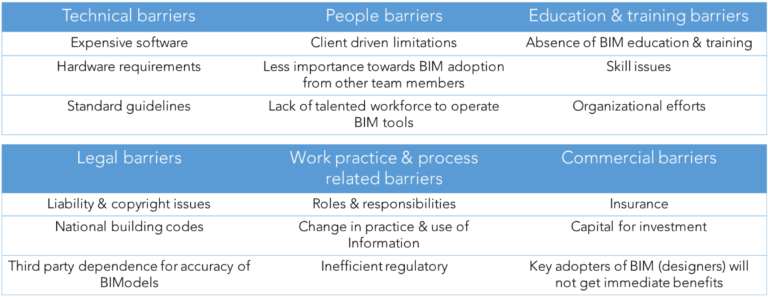
Table 2. Barriers for BIM implementation in Indian AECO industry.
Conclusion
India BIM Association, being a not for profit association with its core intention of educating and creating BIM awareness (i.e. BIM processes & workflows, BIM tools & technologies, BIM standards & guidelines) among Indian Architectural Engineering Construction & Operation (AECO) industry and academia members. IBIMA is also now promoting the use and development of BIM in India. Global opportunity analysis and industry forecast 2015-2022 reveals that World BIM market – top impacting factors for the year 2015 was: high cost of BIM software and lack of trained BIM professionals. And, for the year 2022, top impacting factors will be: enhanced productivity through interoperability, growing concern about energy and efficiency and government mandates for BIM. Hence, it is very much essential for our Indian AECO industry to keep this in mind and focus towards above three factors i.e. interoperability, energy & efficiency and Government BIM mandates.
Demography of Indian population reveals that, Sixty-five percent of the population is under thirty-five years of age group and half of the Indian population is about the age group of twenty-five, which represents India as an amazingly young country. Two hundred and twenty-six million are in the age group of ten to nineteen entering higher education, it’s a positive sign wherein rest of the world is aging. By the year 2020, the average age of people in Japan is going to be 47, china heading towards 40, Europe towards 46 and India is going to be 29. This means that we have more potential people who are productive and dynamic young population ready to work and transform the world.
Source: http://ibima.co.in/2017/09/10/bim-implementation-india/












